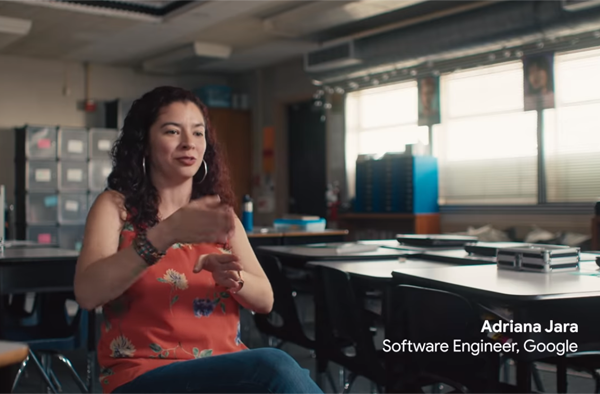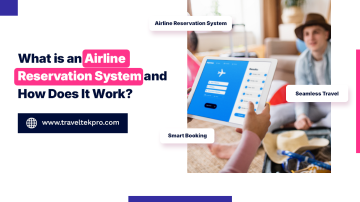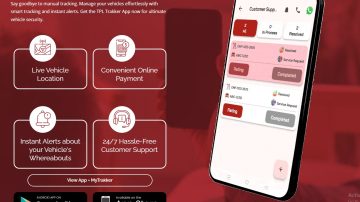Growing up in Costa Rica, I was always passionate about creating things and solving puzzles. That’s what drove me to computer science. I saw it as an opportunity to explore my interests and open doors to new possibilities. It’s that love and passion that eventually helped me get to Google, and to the United States, where I now live.
Computer science requires students to learn how to think in a totally new way. Getting into that mindset can be really hard for anyone, but it can be even tougher if you’re learning key phrases, concepts, and acronyms in an environment that feels different from your everyday life.
That’s why I’m proud to share that Google.org is making a $5 million grant to UnidosUS, the YWCA and the Hispanic Heritage Foundation. The grant will bring computer science (CS) education to over one million Latino students and their families by 2022 with computer science curricula, including CS First, Google’s coding curriculum for elementary and middle school students. Additionally, it will support students’ experience with how they learn about computer science, helping them explore CS and offering culturally relevant resources to engage parents.
This $5 million grant is part of a new $25 million Google.org commitment in 2019 to increase Black and Latino students’ access to computer science (CS) and AI education across the US. This initiative will help these students develop the technical skills and confidence they need for the future, and help prepare them to succeed in the careers they pursue.
Even as a fluent English speaker, I can’t count the number of times people misunderstand me because I pronounce things differently, or the times it takes me a little longer to understand because my day-to-day work language is not my primary language. This language barrier is not the only barrier—students from underrepresented communities, especially those who are Black and Latino, often don’t feel represented or connected to their first introduction to the field.
While Black and Latino students have equal interest in CS education, they often face social barriers to learning CS, such as a lack of role models, and a lack of learning materials that reflect their lived experiences, like those that are in a language they understand. On top of these social barriers, these students often face structural barriers, such as not having equal access to learn CS in or outside of the classroom.
Along with the grant, CS First is launching its first set of lessons in Spanish. In the first activity, “Animar un nombre,” students choose the name of something or someone they care about and bring the letters to life using code. The second activity, “Un descubrimiento inusual,” encourages students to code a story about when two characters discover a surprising object.
Today’s announcement is an exciting part of Google.org’s work to support students who have historically been underrepresented in computer science. These grants to partner organizations will help Black and Latino students access materials and engage with role models who feel connected to their culture. We will also help create more opportunities for students to access the courses they need to continue their studies.
To me, the new Spanish coding lessons are more than just a fun way to learn coding. They are opportunities for entire communities of students to see themselves reflected in computer science education materials, perhaps for the first time. It’s our hope that students like the ones I met will use CS to create more inventions and opportunities for us all.





